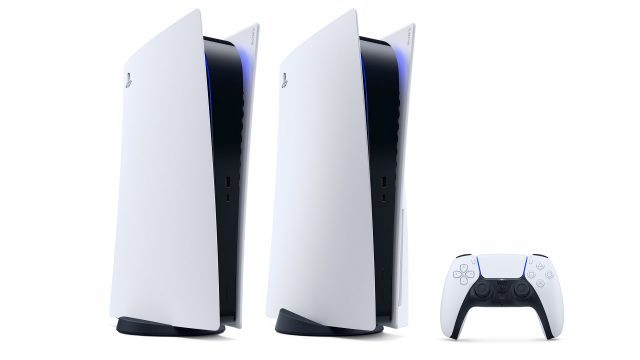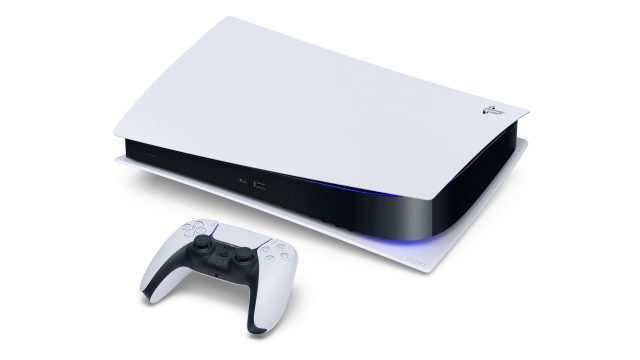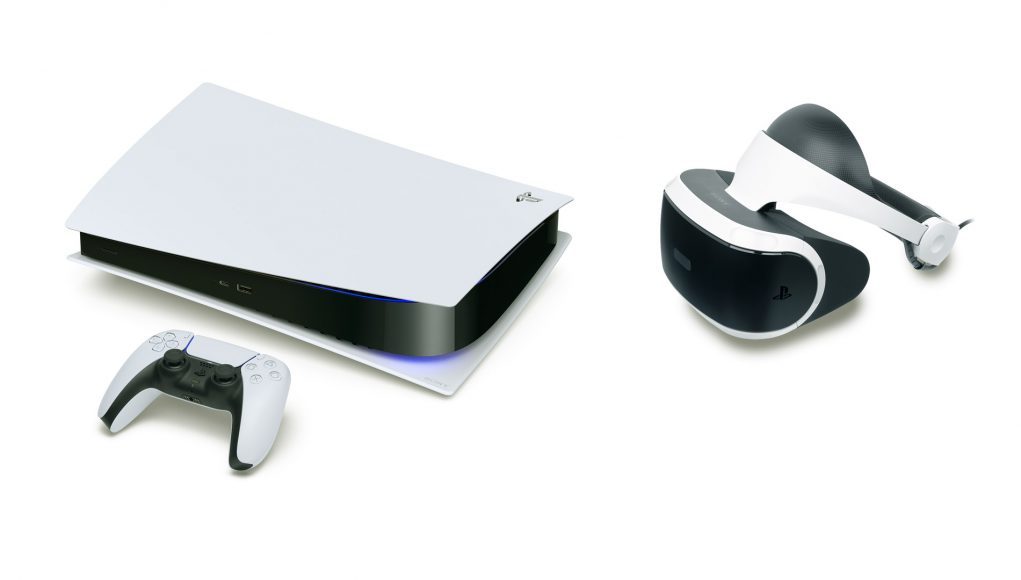It was more than a year ago—before PlayStation 5 was formally announced—that Sony confirmed its ‘next-gen console’ would continue to support PlayStation VR. Luckily those plans haven’t changed; following the full reveal of the system last week, the company affirms that PS5 will support PSVR. But we still aren’t expecting to see a PSVR 2 announcement until after the console launches.
Although Sony didn’t indicate that any of the games announced during last week’s PS5 reveal will support VR, the company has affirmed that the new console will support the PSVR headset.
“The current PS VR headset is compatible with the new console. We’ll have more product details to share as we get closer to launch,” a spokesperson told Road to VR.
We also asked two of the new games announced last week—Astro’s Playroom and Resident Evil 8: Village—would support VR like their predecessors, but the company said it has “no additional announcements to make at this time.”
PS5 Backwards Compatibility with PSVR & PS4 Games
While Sony had previously stated that PS5 would be compatible with PSVR, it wasn’t a full-blown announcement; it was revealed largely as a side-comment in an interview between Wired and PS5’s Lead System Architect, Mark Cerny.
“I won’t go into the details of our VR strategy today, beyond saying that VR is very important to us and that the current PSVR headset is compatible with the new console,” Cerny told Wired at the time.
Since then, the company has hardly spoken of VR on PlayStation 5. That makes this affirmation good news, because we know for sure the company hasn’t had any second thoughts about PlayStation VR support on PS5.
So far there’s no native PS5 games that have been confirmed with VR support, but at a minimum we known that the console supports backwards compatibility; Sony expects the “overwhelming majority of the 4,000+ PS4 titles will be playable on PS5,” which will naturally include PSVR games as well.
PlayStation 5 is a Huge Hardware Upgrade for PSVR

As far as processing power, the seven year old PlayStation 4 has aged surprisingly well for VR (partly thanks to PSVR’s low resolution). But it’s clear that hardware improvements would allow developers to create more visually ambitious games for the system.
PlayStation 5 is many times more powerful than its predecessor. Beyond a simple boost in CPU and GPU speeds, the console boasts a new architecture that’s streamlined for a high-speed SSD, which Sony says will allow developers to create games not previously possible. Here’s the official PS5 specifications:
| CPU | x86-64-AMD Ryzen ‘Zen 2’ |
| 8 Cores / 16 Threads | |
| Variable frequency, up to 3.5 GHz | |
| GPU | AMD Radeon RDNA 2-based graphics engine |
| Ray Tracing Acceleration | |
| Variable frequency, up to 2.23 GHz (10.3 TFLOPS) | |
| System Memory | GDDR6 16GB |
| 448GB/s Bandwidth | |
| SSD | 825GB |
| 5.5GB/s Read Bandwidth (Raw) | |
| PS5 Game Disc | Ultra HD Blu-ray, up to 100GB/disc |
| Video Out | Support of 4K 120Hz TVs, 8K TVs, VRR (specified by HDMI ver.2.1) |
| Audio | ‘Tempest’ 3D AudioTech |
While these processing and bandwidth improvements are certain to benefit any game built for PS5, the immersive benefits of the console’s new ‘Tempest’ 3D audio capabilities are most exciting for their use in VR.
Sony says that PS5 will give developers far more processing power dedicated to audio, allowing the system to accurately model many 3D sound sources simultaneously, and then project that sound based on an HRTF profile (which alters the sound to more closely resemble sounds coming from the real world).
While each person’s HRTF profile is different (based on the shape of their ears and head), there’s no easy way to generate your own custom profile. Knowing that, Sony says PS5 will offer a handful of pre-built profiles, and users will get to pick which one offers the most accurate 3D sound for their own ears.
Beyond the improvements in raw horsepower and 3D audio processing, a new stereo HD camera was also announced alongside PS5 and it could mean a tracking upgrade for PSVR and PSVR 2.
Sony Isn’t Expected to Announce PSVR 2 Until After PS5 Launches

Although a PSVR 2 headset seems likely, Sony has been fairly clear that it wouldn’t announce a new headset until sometime after the launch of PS5. Last year the company’s Senior VP of Research & Development, Dominic Mallinson, said as much.
“There’s no reason for us to coincide [a new VR headset] with a new console. From the point of view of the consumer, to be bombarded with many many things—oh, you have to buy this, you have to buy that—is a message that we don’t want to send. In some ways, it’s good to have a little breathing space between those things,” CNET reported him saying at the time. Mallinson also hinted that Sony is researching features like HDR, wireless, and eye-tracking for PSVR 2.
The original PSVR headset launched in late 2016, a whole three years after the launch of PS4. The headset alone was introduced at $400 (the same price as PS4 itself at the time), though the bundle with the PS Camera (required) and PS Move controllers (optional) was $500. That’s certainly expensive, but because it wasn’t released at the same time as the console, it may have been seen more as a mid-cycle upgrade for existing PS4 owners, thereby avoiding the sticker shock of the combined console + headset price of $900.
So it seems sensible that Sony will follow a similar strategy with PSVR 2 on PS5, but ultimately the bigger factor may be what kind of technology the company can fit into the headset at their target price point. Sony has aggressively reduced the price of PSVR down to $350 for the full bundle, and it seems like that’s roughly where PSVR 2 will need to stay to compete against the likes of low cost PC headsets like Rift S and even standalone headsets like Quest.







